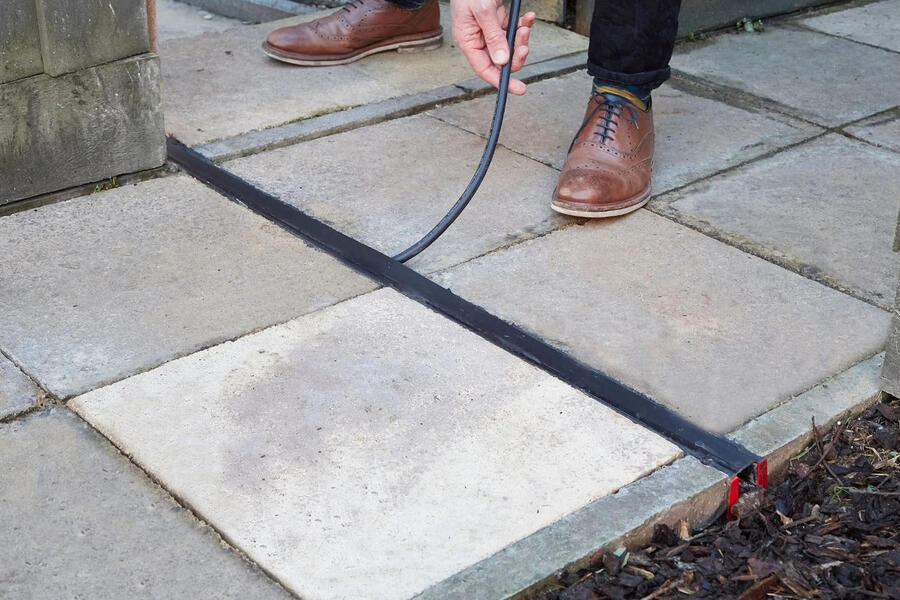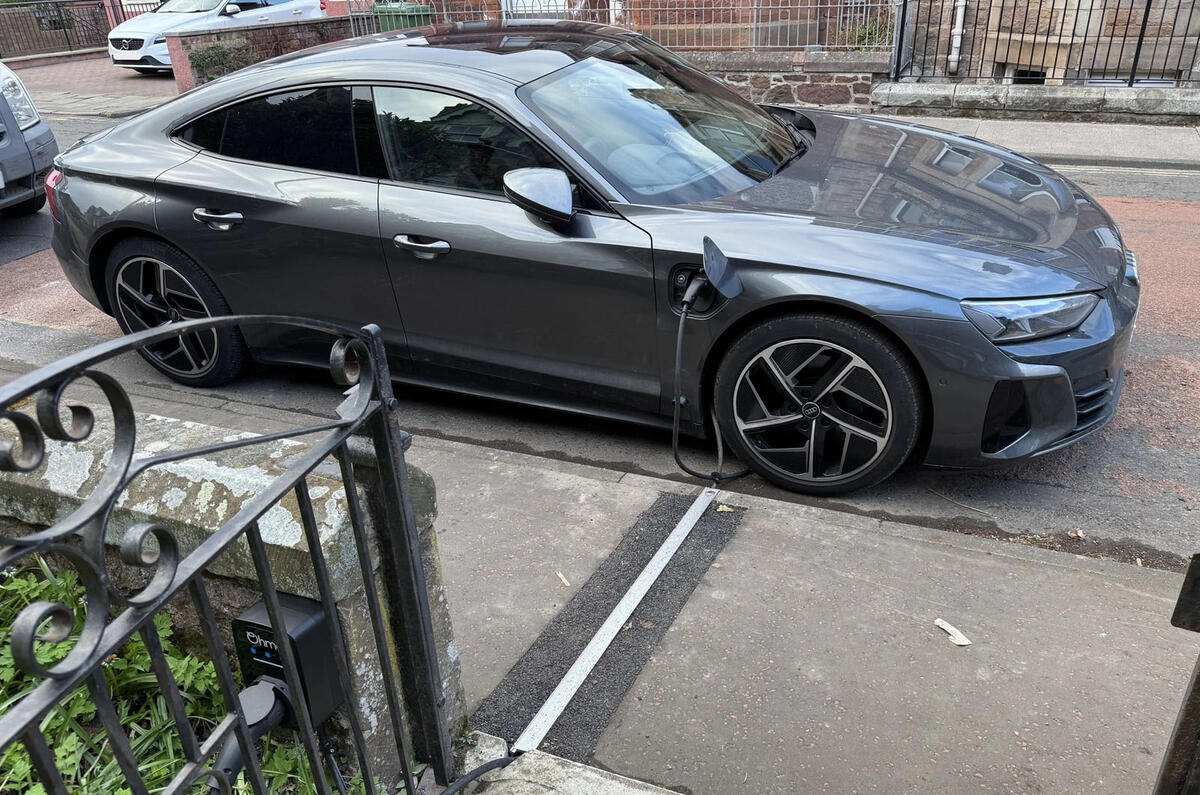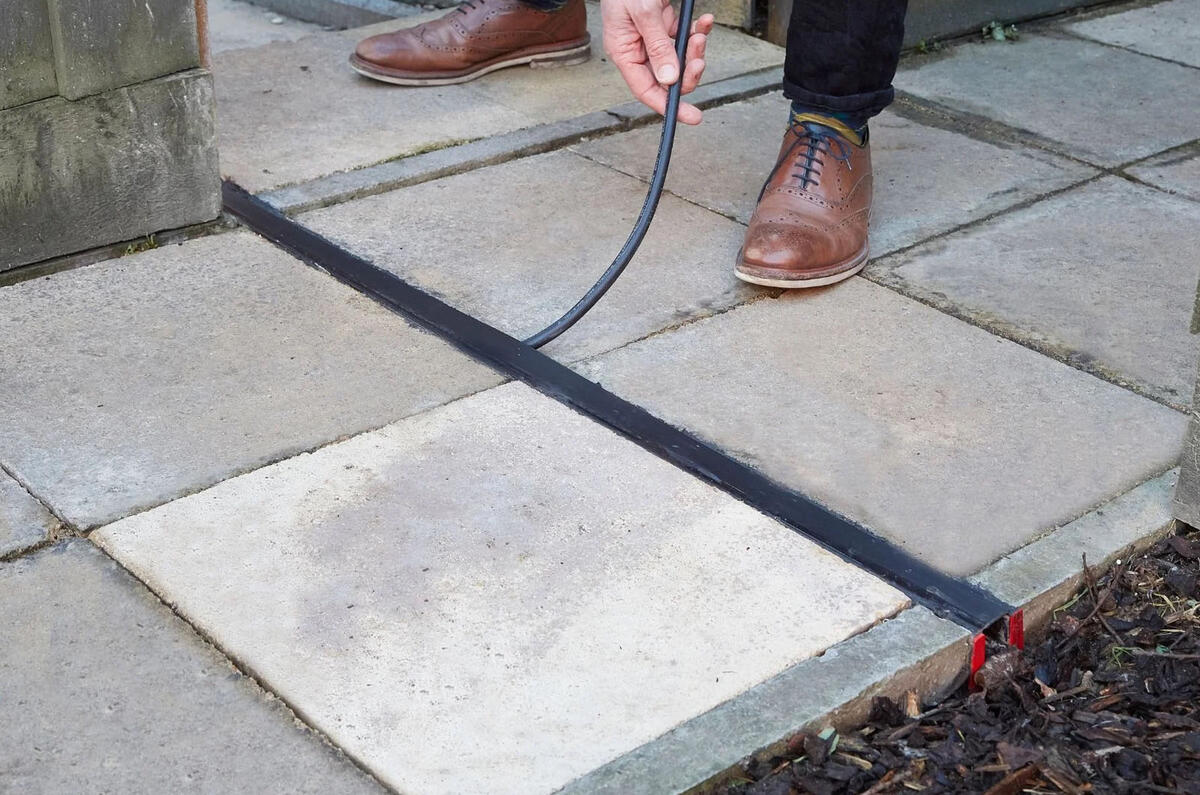A government grant of £25 million to support new cross-pavement EV charging schemes has been hailed as a major boost to the take-up of electric cars by enabling households without a driveway to charge an EV cheaply on the road.
The cash will be spent on installing covered gullies that can carry a charge cable across a pavement to an EV parked on the road. It is hoped the solution will tackle a problem faced by around nine million UK homes and in turn drive up the uptake of EVs.
However, critics are worried the solution still has significant challenges to overcome, especially around running costs and usability, before it becomes a fully viable solution.
Many councils are already using the cash to roll out pilot schemes. Oxfordshire County Council, for example, has made £700,000 available for 500 gullies and money towards home chargers.
“A third of Oxfordshire households don’t have off-street parking, so we believe this could give residents the confidence to switch to an EV,” said the council’s environment chief councillor, Judy Roberts. “Being able to access home electricity rates and park in your usual spot are the sorts of things that are likely to make EV ownership a reality for many people.”
Dorset’s Bournemouth, Christchurch and Poole Council has approved a similar scheme, with almost 30% of households in the district lacking off-street parking.
However, councillors noted the limitations of the gullies, which will require owners to be able to secure a parking space within reach of their charge cable.

Instead, “households will have to negotiate with their neighbours over use of the parking space”, said councillor Andy Hadley.







Join the debate
Add your comment
No sensible critics then. £1,000 a year saved by using home power instead of public chargers.
Do the maths. It only costs 7p/kw for overnight electricity at home. That's £3 for 45kw. At a public chargers average drivers it's at least 50p/kw or £22.25 for the same 45kw. £1,000 a year saved and it's typically easy to stretch a cable in the gutter to a nearby space for just 4 hrs a week.
These channels are typically funded by homeowners from the savings they make by being able to use their own home power instead of using public chargers. 85% of charging is done at HOME.
The channels are safe for people with stiletto heals to walk on. No trip hazard. Just 75mm deep. Stop criticising them and get on with installing millions of them with hundreds installed every week.
More 1/2 bottomed clutching at straws bodgey 'solutions'. All so well considered from the outset. And not to mention the gross profiteering of 'public' kwh charging, one has to wonder who thinks that companies charging upto £0.90, for a kwh isnt rather gross as opposed to a 'service charge per use for teh infrastructure and a real network cost of kwh elec. And of course thats without the taxation that would be commensurate (replace the lost revenue) for electric milage compared to ICE. Isn't it going to be interesting how the government brains will have to recover the revenue lossed as ICE , fuel duty and vat declines..!
Well at least someone is trying to tackle the problem.
If I applied the 'limitations' to myself, it would be a problem and I'd certainly have one. But what's the frig'n point if when adding in the associated costs, it works out the same price as charging it at a public charger. The majority of these public chargers would cost me more to run an EV than it would an ICE.
The ban on sales of new fully ICE cars cannot take place until someone comes up with a credible infrastruture solution.
PS Openreach are currently working on a problem at the other end of our street. They've had the pavement dug up for almost a week. If they dig up the gully that I'm being charged for, do I get compensated? Too many problems associated with this idea.
By using your OWN power instead of public chargers average drivers save over £1,000 a year though. Public chargers cost over 50p/kw or £22.50 to add 45 kw. Home charging is 7p/kw overnight or just £3 for 45kw. . That's almost £20 a week saved or £1,000 a year. And it's typically easy to park in one of the spaces near your home for just 4 hours a week. Sharing with your neighbours by selling them your power for a fiver to help them out is another way to repay the cost of a charger faster from both those savings and those earnings.